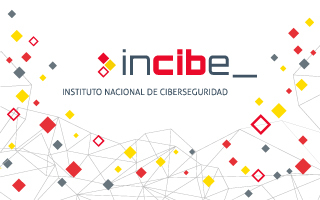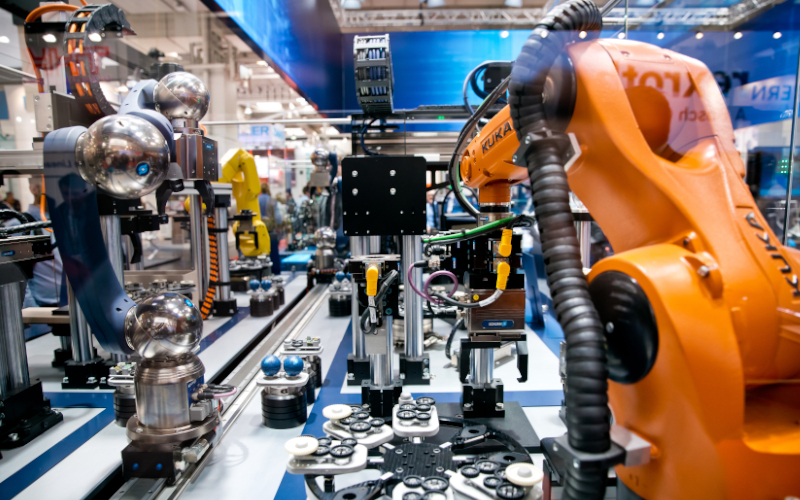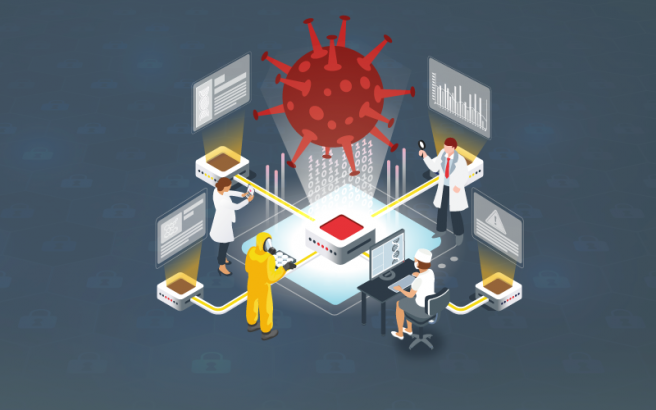


Technical reporting is one of the most important parts of the completion of a task, as it reflects the results of all the work done. Moreover, it does not only constitute a final deliverable for a customer, or for the decision-makers within an organization, but also acts as the link between the person or team that has carried out the task and the decision-makers, based on the findings.


Currently, there is a constant evolution in the technologies and implementations made in Industrial Control Systems. On one hand, some of the most common implementations for the improvement of industrial systems infrastructures are digitalization and the use of cloud technology. On the other hand, the increase in communication protocols and IIoT devices (due to the growth of the Industry 4.0) generates a large volume of traffic that is difficult to control and secure.


Within the industrial world, there are some sectors such as robotics, which has evolver considerably. This has led to the need to update all the regulations and standards, both in terms of physical (safety) and cybersecurity. (security). Given that the robotics sector is and will increasingly become a highly technical sector with exponential growth, the need to update all documentation has been promoted by a large group of companies in the sector, which, above all, have focused their concerns on the cybersecurity of the industrial robotics world.

En este estudio, se expone brevemente el origen y evolución de la amenaza ransomware LockBit 3.0, a través del análisis de varias muestras maliciosa, con el objetivo de facilitar la información necesaria para poder identificar las características propias de este malware, su comportamiento y técnicas empleadas, permitiendo así una mejor identificación y respuesta ante ella.





